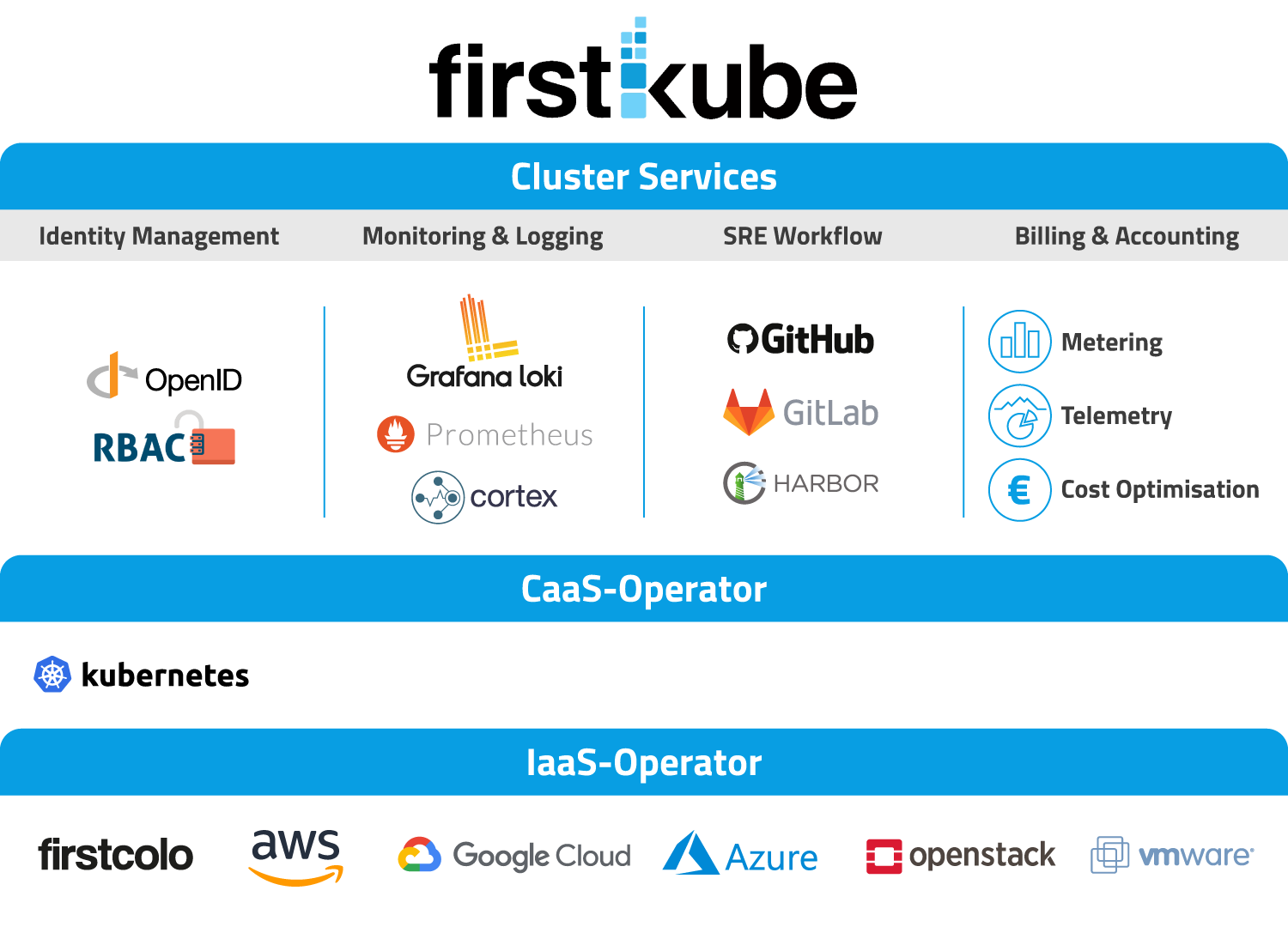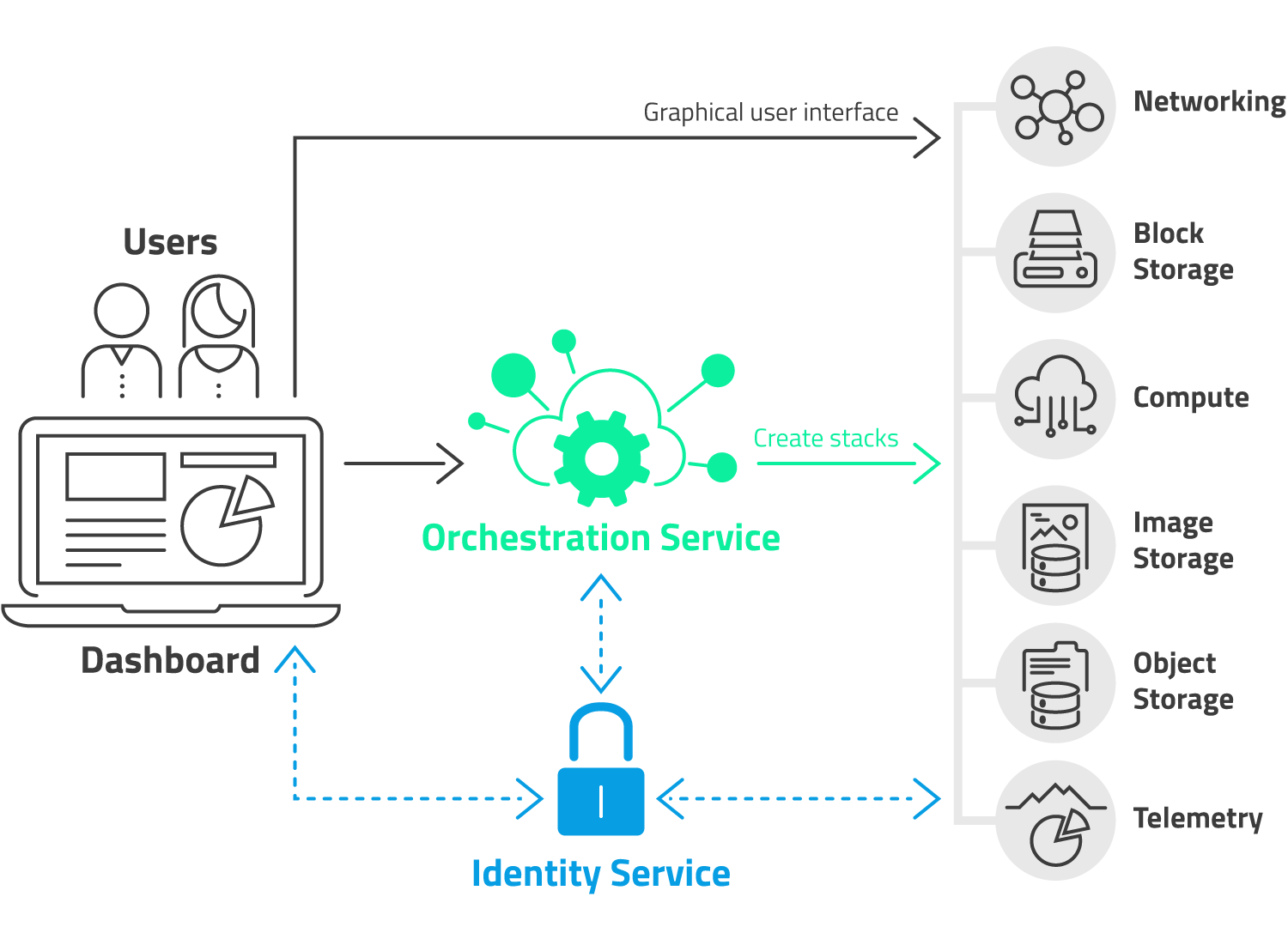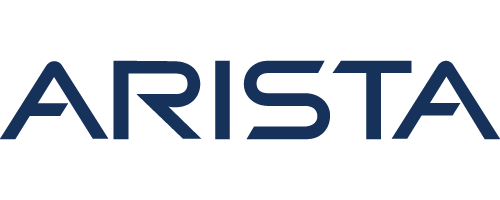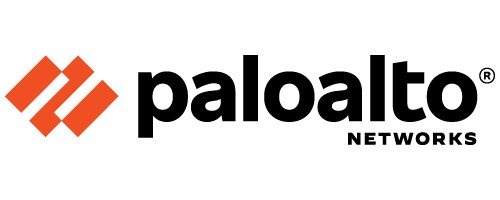The practical management platform for Kubernetes applications
Is your software development team already using a container-based deployment model for application development, or are you planning to adopt one in the future? If so, our firstkube platform is the perfect solution for you.

Users have, in regards to Kubernetes, very different needs.. firstcolo meets you exactly where you are and provides you with the best possible support through firstkube. As a user of firstkube, you can access all necessary services required for the installation and management of Kubernetes clusters centrally through a graphical user interface (GUI).
Simple updates for clusters or services, which can be executed centrally in the interface with just a few clicks, are easy to perform independently and intuitively. Also hybrid and multi-cloud concepts are easily controllable through a central management interface, and clusters can be provisioned both in the firstcloud and with various cloud providers. In addition, firstkube offers through horizontal and vertical scaling a dynamic adjustment of resources as demand increases or decreases.

firstkube combines multiple IT systems regardless of the respective deployment model in a central web interface. This provides SaaS providers with simple deployment, automation, and multi-cloud orchestration from a single tool.
firstkube is ideal for users who rely on a modern and clustered MACH architecture (Microservices, API-first, Cloud-native, Headless).
Even for so-called “Container-Starters”, who want to start containerization as quickly as possible but lack the expertise or capacity for the initial setup and maintenance of the underlying Kubernetes infrastructure, firstkube is perfectly suited.
firstkube offers three tailored models: Core, Advanced, and Enterprise. The Core model provides direct access to the administration and deployment of your clusters, giving you full control. The Advanced model takes care of the entire setup and administration for you, includes 24/7 support, and enables global deployment. The Enterprise package builds on the features of the other models, adding the highest security standards and comprehensive consulting services
firstkube: The strengths at a glance
- Simple multi-cloud and hybrid cloud management
- Central interface for efficient management of complex edge architectures
- Central storage of required data and deployment to all clusters
- Predefined Kubernetes applications as click-to-deploy
The detailed description and further technical documentation including best practices for firstkube can be found here.
Key features of the solution
Whether you’re a container starter or an experienced SaaS provider, firstkube will convince you with its intuitive usability and easy deployments thanks to cluster technology. Read more about Kubernetes here: Kubernetes: Revolution in Enterprise IT?
Storage
Multiple storage technologies, storage configurable without limits.
Clustering
Can be used with just one node or with a large number of cluster nodes.
Network
Advanced network configurations and multi-tenancy can be managed in clusters thanks to SDN.
Management
Central control thanks to web-based interface. CLI and REST APIs for convenient task automation.
Cluster Templates + Managed Monitoring
Easily implement cluster templates and managed monitoring with just one click—no preliminary setup required
Backups
Easy scheduling and initiation of backup jobs via the web interface or command line.
Our Packages
firstkube Core
The Core package provides direct access to our centralized web interface, enabling you to independently deploy your clusters and associated services in compatible cloud infrastructures.
- Self-service management interface (GUI)
- Cluster deployments in just a few clicks
- Identity Access Management
- Automatic Backup Recovery
- Direct Cloud Connect (to public clouds)
- Price per resource (excluding master nodes!)
firstkube Advanced – all features of firstkube Core
By choosing our Advanced version, you can relax while our team handles all setup and administration for you. Naturally, we tailor all services to meet your specific requirements.
- 24/7 support by firstcolo
- Global deployment with multiple cloud providers (including AWS, GCP, Azure)
- Depending on circumstances, optionally exclusively data location Frankfurt (GDPR-compliant)
- Direct Cloud Connect (to public clouds)
- Price on request
firstkube Enterprise – all features of firstkube Core + Advanced
With our Enterprise version, you can leave the entire setup and administration to our team. Additionally, you’ll be assigned a dedicated Kubernetes expert who will offer comprehensive guidance and support. Naturally, all services are fully customized to meet your unique requirements.
- Regular security audits and vulnerability assessments
- Enterprise SSO Login
- Enterprise Consulting
- Design and architecture consulting as well as needs analysis
- Migration support
Start lightning-fast with your own Kubernetes cluster
Try us out: Test firstkube for free with 3 worker nodes for 30 days. Ready to go in just three steps.
Send inquiry.
We verify the provided data and create your user account in the firstkube interface.
Brief coordination
After a brief coordination with our support team, you will receive your login details.
Get started test
Your cluster will be up and running within minutes, and you can start immediately.
We rely on certified and high-quality hardware brand quality
Rest assured, your IT is in the best hands with us. We utilize certified, high-performance brand hardware to power our servers, featuring equipment from trusted manufacturers such as:
Industry-fit: firstcolo – satisfied customers as proof
Numerous customers already trust firstcolo’s data center services. As a B2B provider, we specialize in serving a wide range of industries, including SaaS, e-commerce, hosting, healthcare, cloud providers, IaaS, technology companies (research and AI), and public institutions. Our expertise and dedication make us a trusted and dependable partner.










Free consultation
Our technology is first-class, innovative, and meets the highest standards. However, our services only become distinctly “premium” through our dedicated, highly trained team. From the very beginning, you receive personal, expert consultation and support for your specific requirements.
firstkube: Frequently Asked Questions
Would you like to learn more about firstkube and Kubernetes? We’re happy to advise you! Here are some frequently asked questions:
Kubernetes (ancient Greek for "helmsman") is an open-source orchestration system. It enables the automated placement of containers and serves as a platform for the deployment and operation of various applications within these containers.
You can read more about this topic here: Kubernetes - Revolution in Enterprise IT?
Containers are essentially "vessels". Such a vessel can store an application, including all its dependencies, in isolation. The result is a so-called container image, which holds the application in its entirety while maintaining the smallest possible size.
Containers require fewer computing resources than traditional virtual machines and ensure that applications are far more independent of the underlying environment.
firstkube connects your existing Kubernetes clusters with the public cloud provider of your choice to our first-class private cloud offerings. This allows you to benefit from the scalability and flexibility of the public cloud and from the security and unrestricted performance of the private cloud.
Speak with our experts












